Nifty may hold 14,200, Bank Nifty could head towards 34,900 soon; Axis Bank, Mindtree likely to outperform
By Dharmesh Shah
Nifty Outlook
The week that was…
Technical Outlook
The weekly price action formed a high wave candle, indicating elevated volatility as profit booking emerged after approaching the psychological mark 15000The rejuvenation of upward momentum backed by improving market breadth makes us confident to believe the index would maintain the rhythm of price and time wise maturity of correction and eventually retest life-time high of 15400 in the month of May 2021. In the process, we expect index to hold the key support threshold of 14200. Therefore, any cool off towards 14600-14500 range would attract elevated buying demand which should be capitalised as an incremental buying opportunity in quality large and midcaps amid progression of Q4FY21 result seasonKey point to highlight is that, the current up move (~900 points) is larger in magnitude compared to early March rally of 868 points. The elongated up move signifies rejuvenation of upward momentum that augurs well for next leg of up move. Going forward we expect corrections to be shallower in nature leading to a higher bottom formation.Sectorally, we believe outperformance in midcap to continue. Meanwhile, BFSI, Pharma, Metal and Consumption to remain in focus.On the stock front, Axis Bank, Cipla, Ambuja Cements, Concor, L&T Infotech, SAIL are preferred large caps while in midcaps, Balkrishna Industries, Carborandum Universal, BEL, Mindtree, Radico Khaitan, Bata India, Tata Chemicals, Jindal Stainless are expected to outperformThe Nifty small cap index resolved out of past two months consolidation and clocked a fresh 52 weeks high, highlighting inherent strength. We expect, broader market indices to endure their relative outperformance wherein small cap would witness catch up activity as Nifty midcap index is hovering at its all-time high whereas small cap index is still 11% away from its life highsStructurally, we believe index has formed a higher base at key support threshold of 14200, which we do not expect to breach. Hence dips should be capitalised as buying opportunity as level of 14200 is confluence of a) Lower band of past two months falling channel placed at 14200, (b) 100 days EMA placed at 14200, (c) Last week’s panic low is placed at 14151
 NSE NIFTYBank Nifty OutlookBank Nifty in line with our expectation witnessed a strong rebound during previous week. Despite Friday’s profit booking the index closed higher by more than 3% on weekly basisGoing ahead, we expect the index to maintain the Price and Time wise rhythm and gradually head towards 34900 levels in the coming weeks, as it is the 61.8% retracement of the entire decline (37708-30405). Hence, one should accumulate quality banking stocks in the range of 32000-31500 to ride next expected up moveKey point to highlight is that, the recent up move (3880 points) is larger in magnitude compared to late February up move of 2256 points. The elongation of up move signifies rejuvenation of upward momentum that augurs well for next leg of up move. Therefore, any temporary cool off should not be seen as negative instead it should be capitalised to accumulate quality banking stocksThe index maintained the rhythm of not correcting more than 20% as witnessed since March 2020. In the current scenario it rebounded after correcting 19% from the all-time high (37708). Hence it provides favourable risk-reward setup for the next leg of up moveThe weekly stochastic is seen rebounding from the oversold territory and is placed at a reading of 40 thus validates positive bias in the index
NSE NIFTYBank Nifty OutlookBank Nifty in line with our expectation witnessed a strong rebound during previous week. Despite Friday’s profit booking the index closed higher by more than 3% on weekly basisGoing ahead, we expect the index to maintain the Price and Time wise rhythm and gradually head towards 34900 levels in the coming weeks, as it is the 61.8% retracement of the entire decline (37708-30405). Hence, one should accumulate quality banking stocks in the range of 32000-31500 to ride next expected up moveKey point to highlight is that, the recent up move (3880 points) is larger in magnitude compared to late February up move of 2256 points. The elongation of up move signifies rejuvenation of upward momentum that augurs well for next leg of up move. Therefore, any temporary cool off should not be seen as negative instead it should be capitalised to accumulate quality banking stocksThe index maintained the rhythm of not correcting more than 20% as witnessed since March 2020. In the current scenario it rebounded after correcting 19% from the all-time high (37708). Hence it provides favourable risk-reward setup for the next leg of up moveThe weekly stochastic is seen rebounding from the oversold territory and is placed at a reading of 40 thus validates positive bias in the index Bank Nifty
Bank Nifty
(Dharmesh Shah is the Head – Technical at ICICI Direct. Please consult your financial advisor before investing.)
ICICI Securities Limited is a SEBI registered Research Analyst having registration no. INH000000990. It is confirmed that the Research Analyst or his relatives or I-Sec do not have actual/beneficial ownership of 1% or more securities of the subject company, at the end of 22/04/2021 or have no other financial interest and do not have any material conflict of interest. I-Sec or its associates might have received any compensation towards merchant banking/ broking services from the subject companies mentioned as clients in preceding 12 months
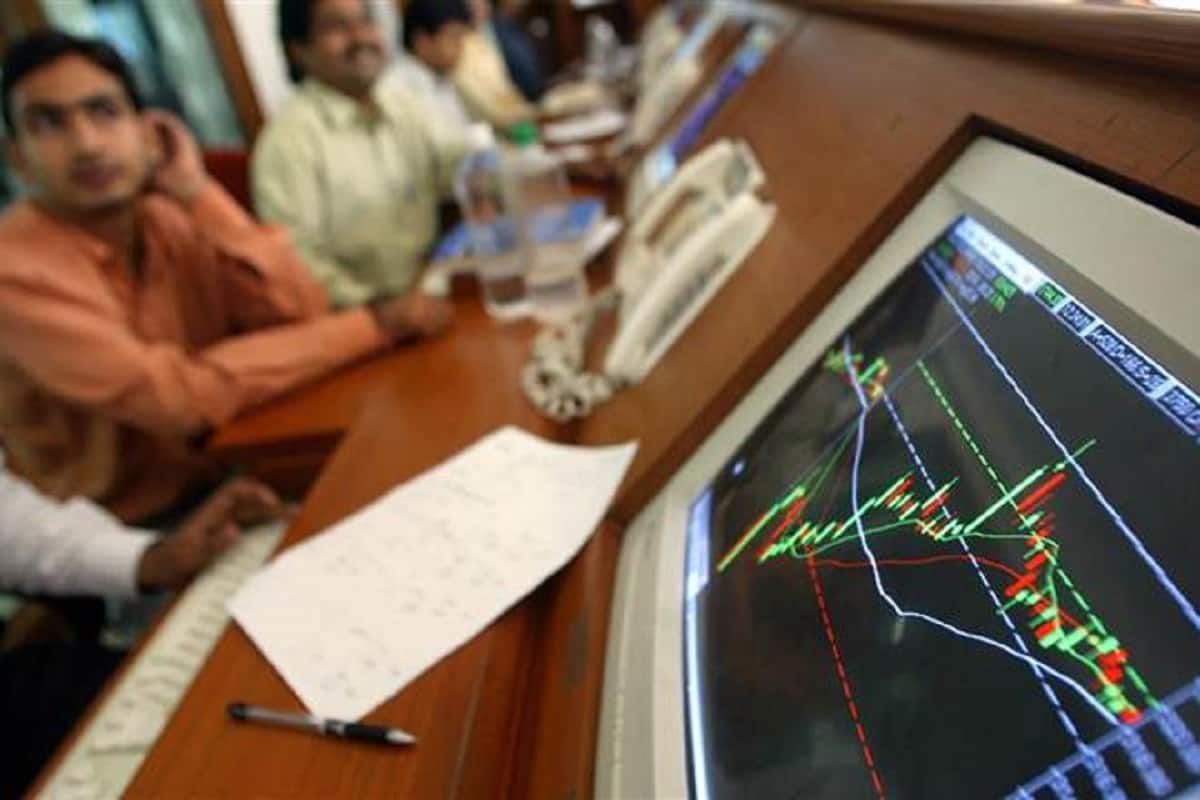
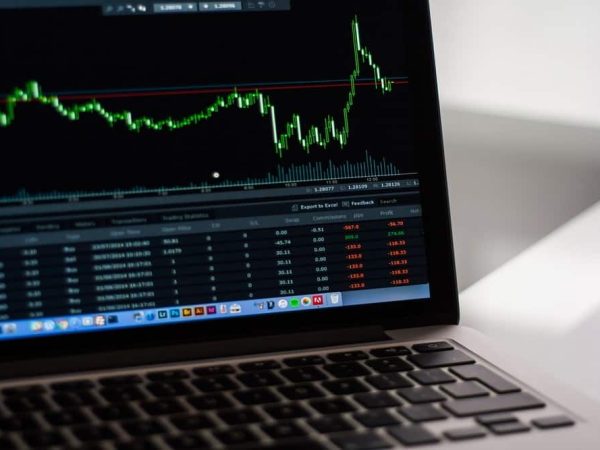

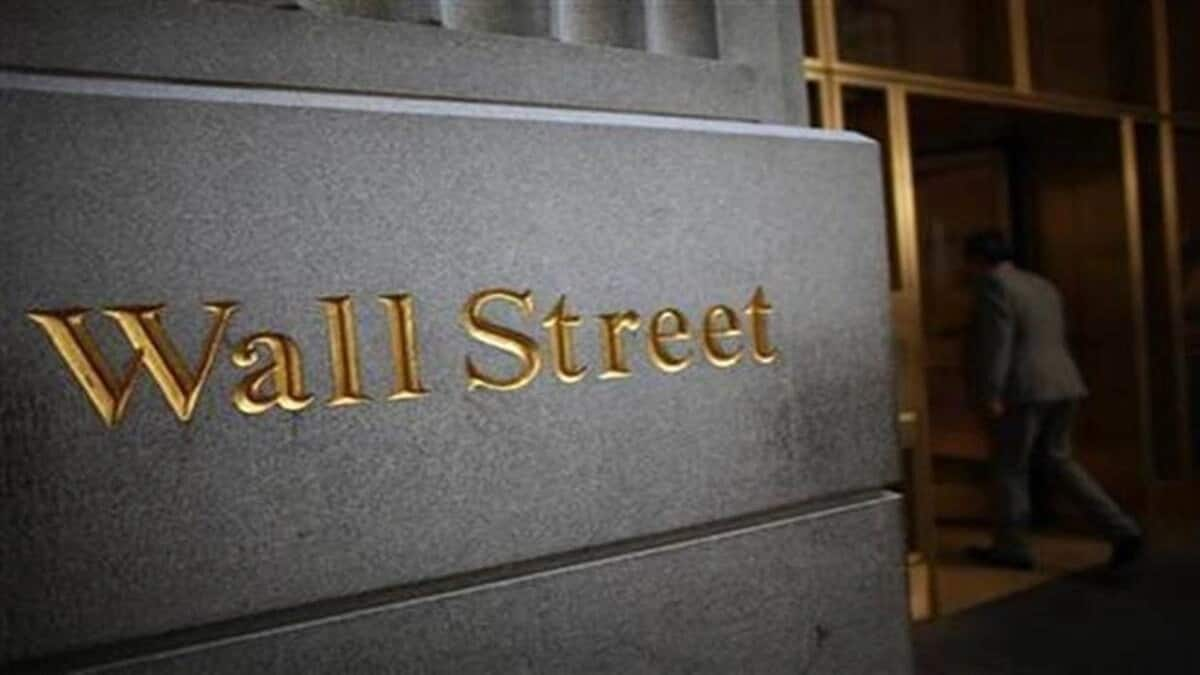


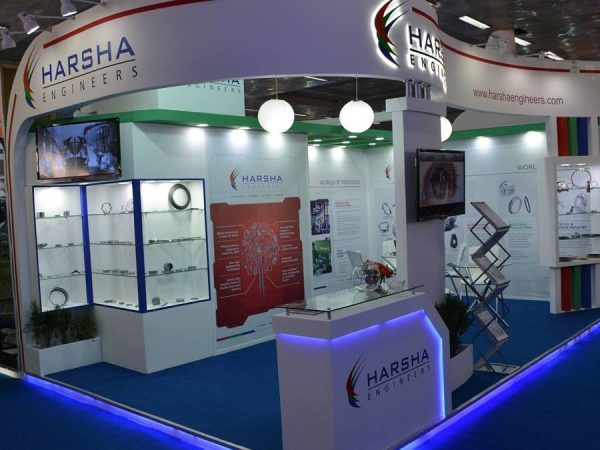
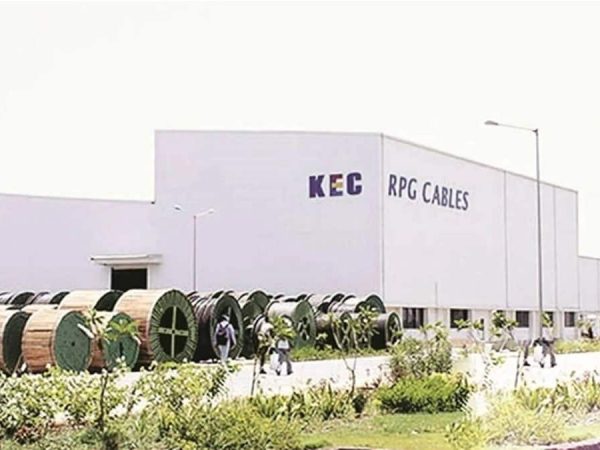


Recent Comments